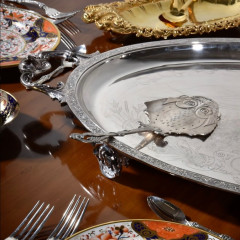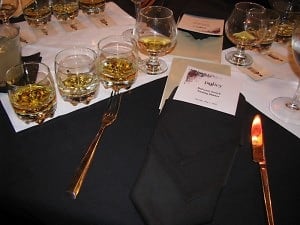 Earlier this month, 14th Street "resto lounge" Policy hosted an invite-only scotch tasting compliments of highland distillery, The Balvenie. National Brand Ambassador Sam Sammons demystified the do's-and-dont's of the Washington power elite's beverage of choice.
Earlier this month, 14th Street "resto lounge" Policy hosted an invite-only scotch tasting compliments of highland distillery, The Balvenie. National Brand Ambassador Sam Sammons demystified the do's-and-dont's of the Washington power elite's beverage of choice.
Known as "Dr. Whisky" in alcho-phile circles, Sammons showcased an encyclopedic knowledge of Scotland's best known export -- or, he as put it, "really sucked the romance out it." Turns out that while many a Hill staffer with access to the boss's credit card may fancy themselves experts on the subject, there's a whole lot of misconceptions about the what exactly makes scotch top-shelf material. And Johnnie Walker ain't it. Here's just a few of the finer points of Sammon's examination:
The Textbook Definition
Who knew? Whisky is just distilled beer, so, as Sammons put it, scotch is just "malted beer from Scotland made of barley...and, thus, civilization was born." Oh, and while we're at it, apparently only Americans spell "whiskey" with an 'e.' Sammons is Canadian, but seeing as he was pouring the drinks, we let him have one slanderous pronouncement on the house.
Neat and Rocks Don't Mean A Thing
According to Sammons, master distillers almost always add water to their product when tasting in order reduce it in strength to the point where "your mouth can pick things up." That also means that there's no right or wrong when it comes to ordering your rotgut with water -- and 500,000 Scotsmen can't be wrong.
"If anyone tells you otherwise, they're liars," Sammons said.
-
-
-
French People Drink Way Too Much Of This Stuff
After fielding guesses ranging from Japan to "the Hamptons," Sammons proffered that France is the world's number one consumer of scotch whisky and its people drink as much of the stuff in a week as they do cognac in a year. Swedes and Germans, however, are still far more likely to shell out for a rare bottle, while the American market -- and DC in particular -- has taken a nosedive due to the economic downturn. And that that means even the steakhouse set is feeling pinched.
"This an expense account town," said Sammons. "That means there's a lot fewer lobbyists ordering 18-year-old Glenfiddichs for everyone at the table these days."
How to Stock a Scotch Cellar
Like precious metals, comic books and natural breasts in California, scotch is only valuable as a commodity when it's a bona fide rarity. The Balvenie's oldest product is their 21-year-old and they start out with 20,000 barrels of the stuff. In the end, however, their scotch tasters -- real job -- only deem one percent of the resulting whisky up to snuff. Hence, the $180 price tag for a single bottle. Still, the 21's best of the best status didn't preclude Sammons from weighing in on honestly on its flavor profile.
"There's some apricot, some woodiness and even a little bit Cool Whip in there," he said straight-faced -- no surprise considering that there "whipped topping" taste has already earned the Balvenie's 21-year-old Portwood three international awards in 2010.
To sample some for yourself -- or the Balvenie's more modestly priced 7, 12 and 15-year-old expressions -- stop by Policy anytime this summer. Just don't forget your monocle.
-
[photo via Policy]

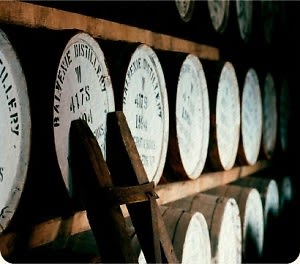
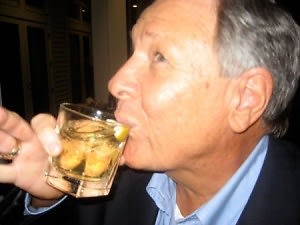
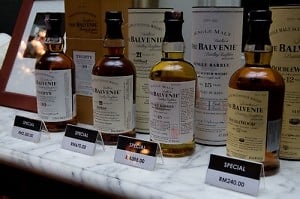

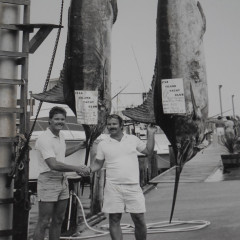
.jpg)
.jpg)



.jpg)
.jpg)
.jpg)


